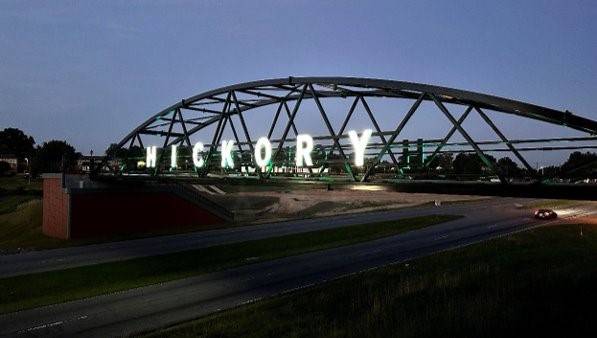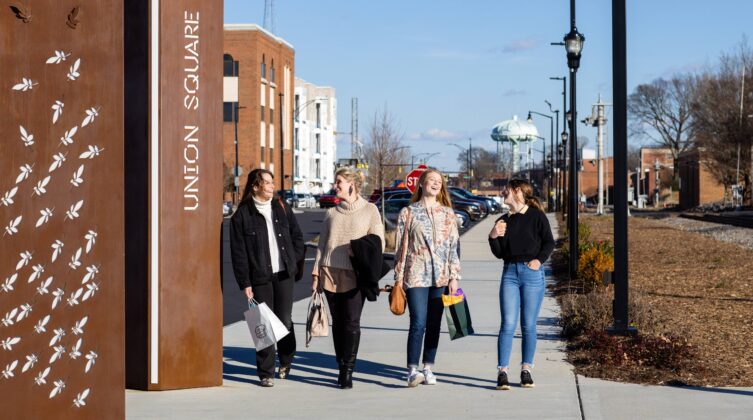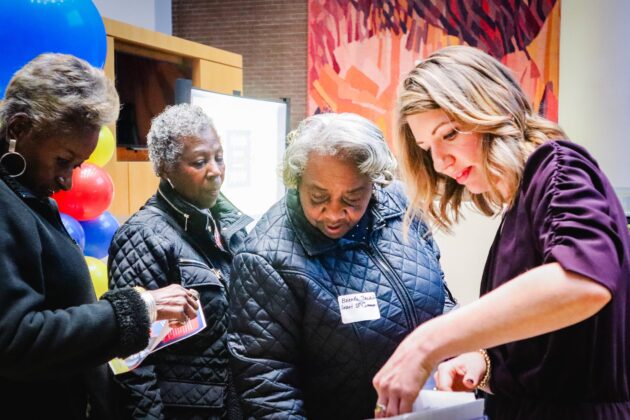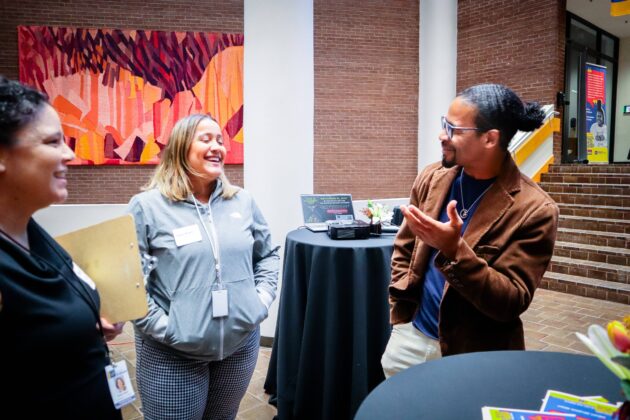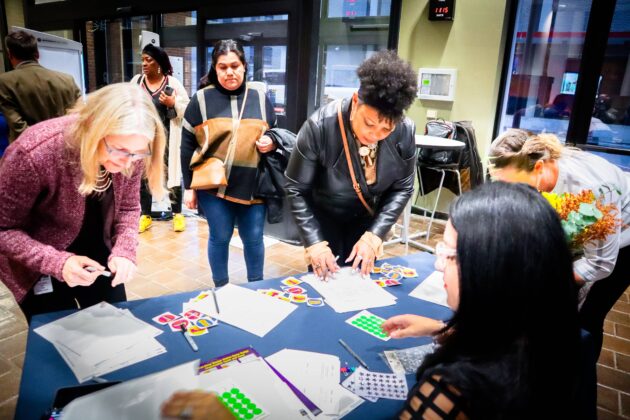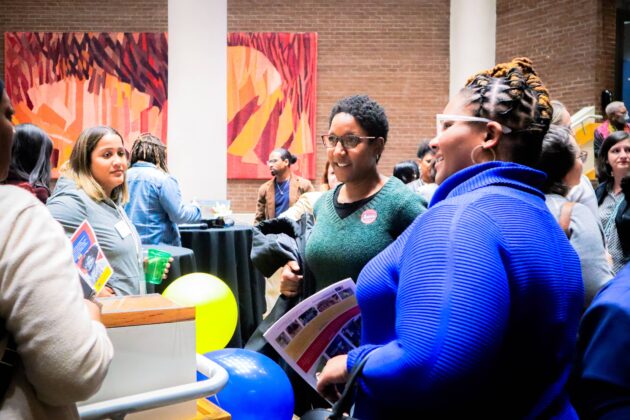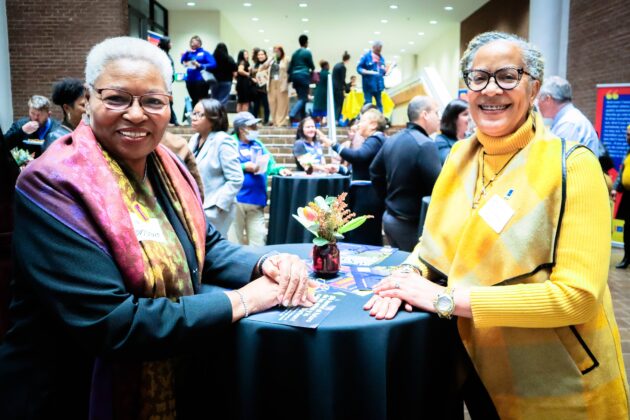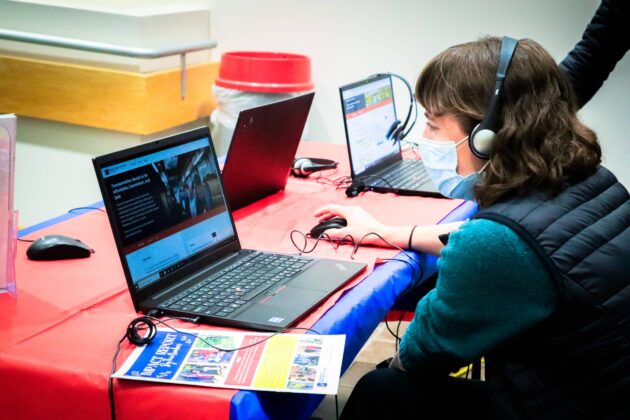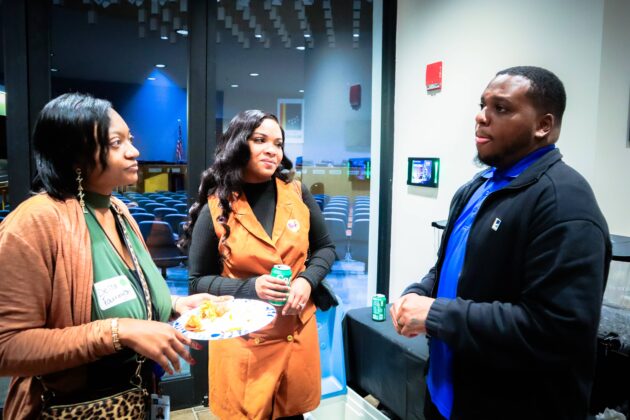A good rhythm of awareness and trust between local governments and their citizenries—it’s ever the goal, achievable and rewarding, but the work to build it seems to require more varied and creative thinking all the time. And that may be especially true for cities and towns in a state with so much transformative growth while the rest of the developed world continues to invent new pop communications tools and methods of accessing important info.
Studying what makes for a successful public engagement effort at the local government level these days is steady and evolving work for managers and communications officers, who must track how the world is changing and how audiences seem to prefer to absorb information, ideally with more pomp and circumstance than a standalone, dry press release or barebones posted notice. But even with the ability to set up social media accounts for sharing real-time city hall info, it’s hard for governments to keep the public regularly engaged, often requiring some clever extra production, a number of communications officers recently told Southern City.
“We’re government—that in itself is tough,” said Dana Kaminske, the communications and marketing manager for the City of Hickory, when it comes to exciting audiences or establishing conversations. But Hickory is also one of many municipalities around the state seeing successes with tuned communications, having taken the time and effort to keep the two-way flow of information well-exercised, helping the public to develop a level of comfort and sense of norm with government communications. Those successes, in Hickory and many places elsewhere, are proving that a thoughtful comms apparatus can actually make a community better.
“I do believe it builds trust when you go the extra mile,” said Kaminske in a recent interview that included focus on the new Hickory Trail, a 10-mile public path that neatly links popular or cool parts of town, a project that came out of a bond referendum the public approved in 2014 and fleshed out with money from other sources, like grants. “The public is very aware of all these projects and are always curious about what is happening with them,” Kaminske said, noting that the town’s creation of interactive maps and trail markers with QR codes for easy access to information has helped to keep the public accustomed to learning about what the city is working on, and, hopefully, more of a feeling of normalcy and welcome in participating.
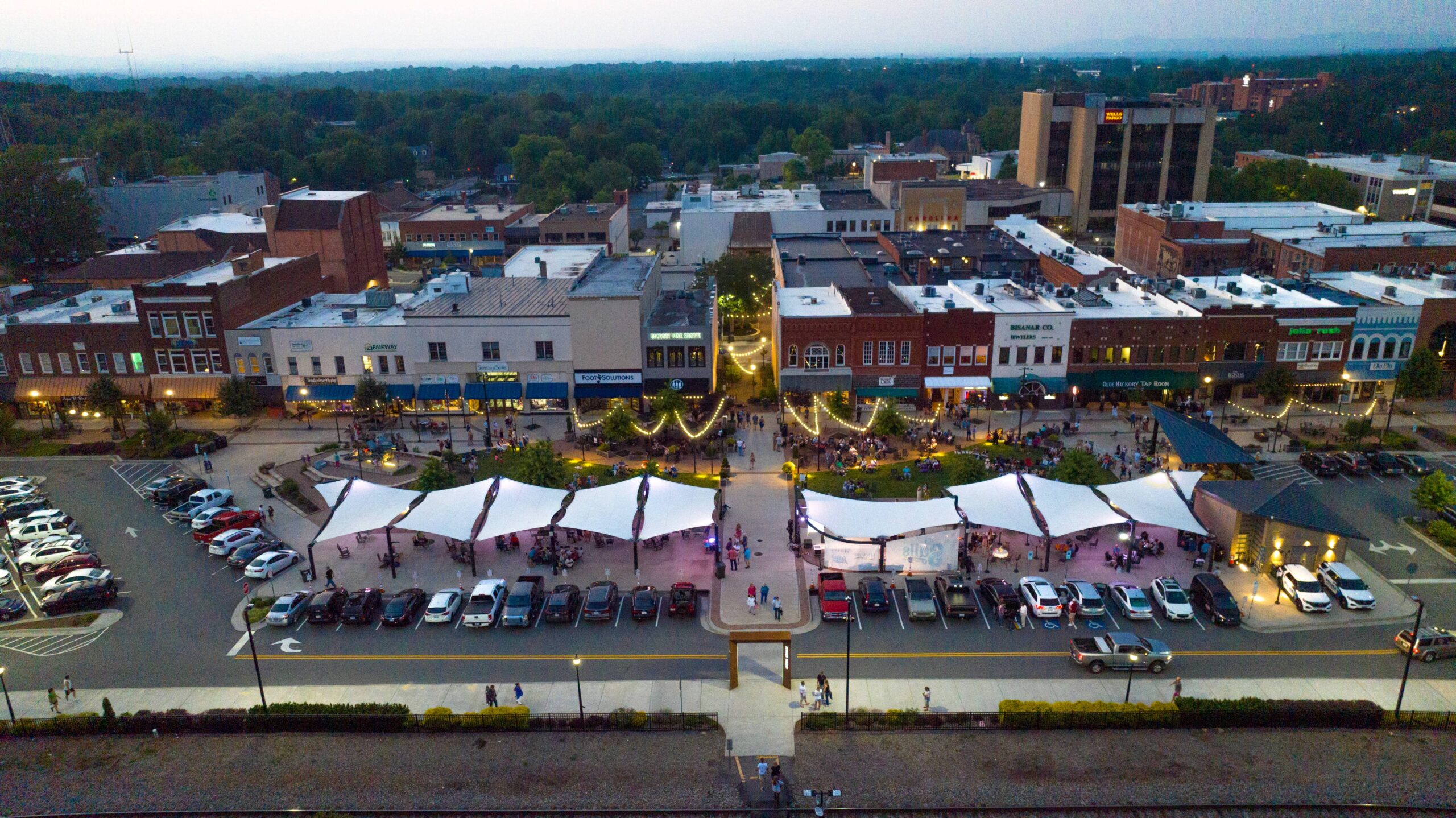 While there might still exist that classic public skepticism or suspicion among some residents when it comes to government activity, at any level, city-hall comms professionals including Kaminske are quick to reemphasize how operative a sense of welcome can be. The alternative isn’t great.
While there might still exist that classic public skepticism or suspicion among some residents when it comes to government activity, at any level, city-hall comms professionals including Kaminske are quick to reemphasize how operative a sense of welcome can be. The alternative isn’t great.
“I think what’s lost is people probably don’t feel engaged, they don’t feel like they’re part of anything,” she said. “They just live there… Then, it’s literally just government doing what we think the community wants.”
Home to plenty of other examples of considerate modern comms, Hickory is certainly not the only municipality trying out new things.
Kaminske was proud of Hickory’s efforts to be available in person to different populations in town, so they would feel heard. “That engages that community at a conversational level, and you have to have that. It doesn’t matter how much social media you do and how many fliers you put out there. If you’re not talking with them, if you’re not sitting with them, and listening, it doesn’t matter.”
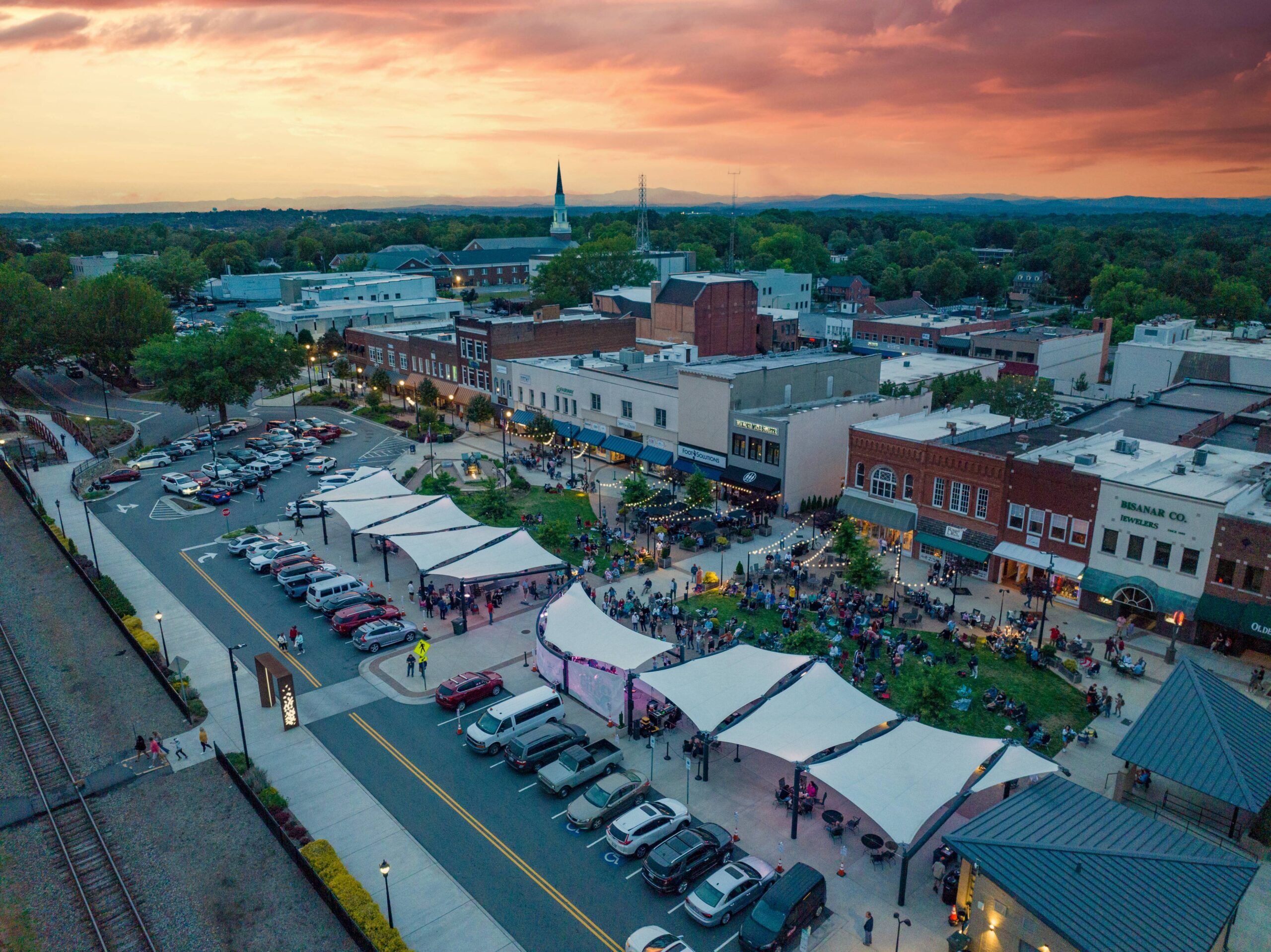 When it comes to engaging with historically unheard and under-represented communities, the City of Durham launched an innovative methodology to engage these communities in conversations. Be Heard Durham is as an online, public-facing portal that collects community conversations that city staff has with underrepresented voices.
When it comes to engaging with historically unheard and under-represented communities, the City of Durham launched an innovative methodology to engage these communities in conversations. Be Heard Durham is as an online, public-facing portal that collects community conversations that city staff has with underrepresented voices.
“Our specific goals with this portal are to strengthen equitable community engagement, to amplify these underrepresented, under-served voices, and to influence policy and decisions that impact these communities,” said Amber Wells, Community Engagement Analyst and primary manager of the Be Heard Durham portal.
The City of Durham’s Community Engagement Strategists build relationships with community members. They wanted to implement a way to share these voices of Durham with the rest of its population. Laura Biediger, Senior Manager of the Community Engagement Division of the Department of Neighborhood Improvement Services, along with the department director (Constance Stancil) discovered the value of the Cortico software while at a meeting with Cortico representatives. This is the software upon which Be Heard Durham was built.
Working with Cortico, Durham city staff were able to create and implement the protocol and the online portal for recording and reporting these important conversations that were being had about community needs and wishes.
The online portal provides interactive elements that divide the qualitative data derived from these conversations into recurring themes. City staff can utilize this centralized database that is collected from these conversations to inform how they invest in infrastructure and programs, and to also develop policies and procedures.
“Community members have been really excited to see that their concerns are not isolated,” Wells explained. Sometimes, apprehension to speak up publicly stems from the fear of being rejected. This public portal alleviates that fear when citizens can see their neighbors and peers shed light on similar issues and invite new voices to participate in city government. “There’s a collective action piece where people don’t feel so alone in their concerns, they can actually identify other people who can work together with them to advocate for what they need.”
Biegder identified a way that Be Heard Durham reduces fatigue in Durham citizens who feel as if they have had to repeat their concerns or address the same issues in multiple public forums. With the recording, transcribing, and categorizing of these conversations, participants can be assured that their voices are truly being heard and shared across the City of Durham.
 Since Be Heard Durham’s implementation, various city officials across multiple municipal departments have been able to be directly informed on residents’ wants and needs, instead of starting from scratch each time. Like Kaminske described in the City of Hickory, Durham wants to avoid guessing or assuming what its community would like to see. This program provides an invaluable resource in informing those decisions, without the expending research and data collection resources. The public nature of Be Heard Durham’s portal allows and encourages city officials to utilize and reference those voices in their decision-making process.
Since Be Heard Durham’s implementation, various city officials across multiple municipal departments have been able to be directly informed on residents’ wants and needs, instead of starting from scratch each time. Like Kaminske described in the City of Hickory, Durham wants to avoid guessing or assuming what its community would like to see. This program provides an invaluable resource in informing those decisions, without the expending research and data collection resources. The public nature of Be Heard Durham’s portal allows and encourages city officials to utilize and reference those voices in their decision-making process.
“Maybe [information] was gathered related to a specific street project, but that data can now help us with the next parks project in that area… or just general budget planning in the next year,” says Biediger.
By collecting and sharing these conversations, community engagement has a lasting and much more profound impact. Citizens of Durham can see their conversations, concerns, hopes, wishes, or whatever that is important to them being considered.
Building community relationships through innovative approaches increases trust between residents and their local governments. This causes the creation of programs and processes that have lasting positive impacts on the community.
If your municipality is working on creative ways to engage citizens in local government, please reach out to Ben Brown at bbrown@nclm.org so the League can learn about what unique practices our cities and towns are utilizing.




